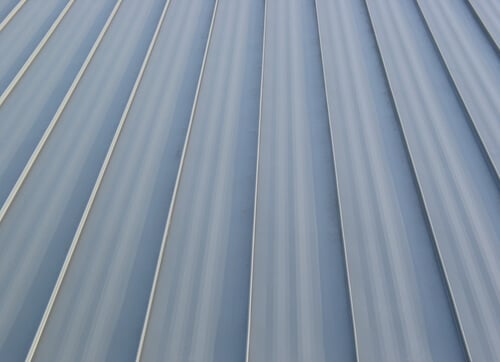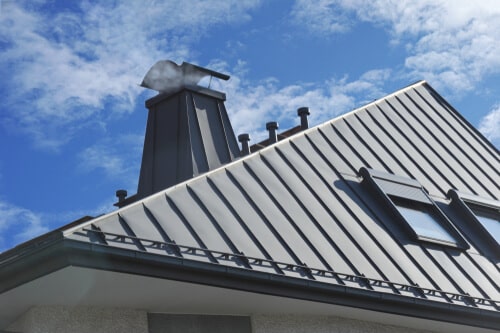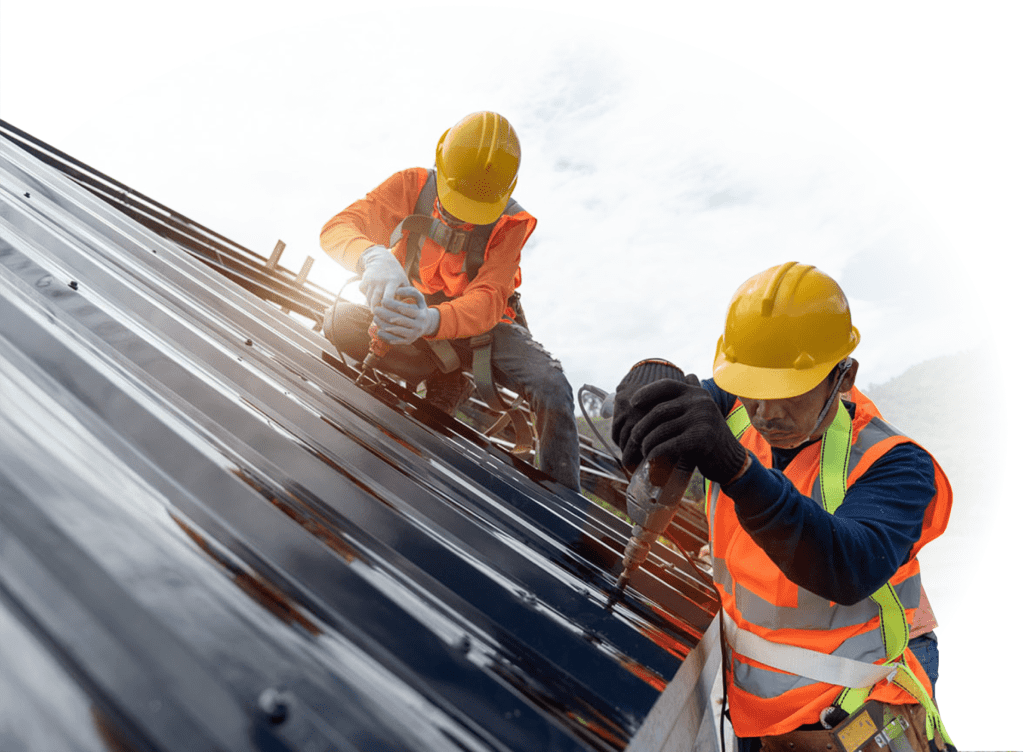What is Standing Seam Metal Roofing?
Standing seam metal roofing is a concealed fastener roofing system that interlocks metal panels using clamps or clips rather than utilizing screws to hold everything together.
These roof types are easily identifiable as they feature raised seams (or vertical legs) that rise above the flat panel with no visible fasteners, often made from galvanized or galvalume steel.
Since the fasteners are hidden from the elements, standing seam metal roofs not only provide a sleek, modern look for homes but they’re also durable and weather-tight since there are no holes from nails that could potentially lead to leaks. When properly installed and maintained, a standing seam metal roof can last up to 50 years or more.




